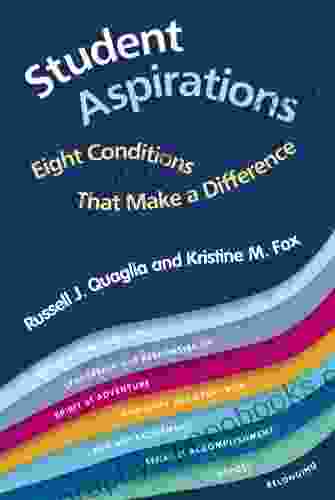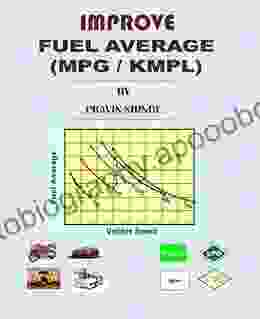Argentine Tango Instrumental Music: Currents in Latin American and Iberian Music

The Argentine tango is a captivating musical genre that has captivated audiences worldwide. While its origins lie in the late 19th century, tango has undergone significant transformations over the decades, evolving into a diverse and vibrant art form that encompasses both traditional and contemporary expressions.
Argentine tango instrumental music, in particular, has played a pivotal role in shaping the genre's evolution. This article delves into the history, influences, and contemporary currents of Argentine tango instrumental music, exploring its impact on Latin American and Iberian music.
4.3 out of 5
| Language | : | English |
| File size | : | 16642 KB |
| Text-to-Speech | : | Enabled |
| Enhanced typesetting | : | Enabled |
| Print length | : | 384 pages |
| Lending | : | Enabled |
| Screen Reader | : | Supported |
The Birth of Tango
The roots of Argentine tango can be traced back to the late 19th century, when European immigrants, primarily from Italy and Spain, arrived in Buenos Aires. These immigrants brought with them their own musical traditions, which blended with local rhythms and melodies to create a new and distinctive sound.
Initially, tango was performed by small ensembles consisting of violins, guitars, and bandoneons. The bandoneon, a type of concertina, became synonymous with tango music and played a central role in defining its unique sound.
The Golden Age of Tango
The early 20th century marked the "Golden Age" of tango, as the genre gained immense popularity both in Argentina and abroad. This period saw the rise of legendary tango musicians such as Carlos Gardel, Julio de Caro, and Osvaldo Pugliese.
During this time, tango instrumental music flourished, with composers and performers experimenting with new arrangements and compositions. The tango orchestra expanded to include a wider range of instruments, such as the piano, bass, and drums, creating a more sophisticated and dynamic sound.
The Tango Nuevo Movement
In the mid-20th century, a new generation of tango musicians emerged, known as the "Tango Nuevo" movement. These musicians sought to break away from the traditional conventions of tango and incorporate elements from jazz, classical music, and other genres.
Tango Nuevo pioneers such as Astor Piazzolla transformed the genre by experimenting with polyrhythms, extended harmonies, and unconventional instrumentation. This movement breathed new life into tango, attracting a wider audience and establishing its place as a legitimate art form.
Contemporary Argentine Tango Instrumental Music
Today, Argentine tango instrumental music continues to evolve and thrive. While traditional styles remain popular, contemporary musicians are pushing the boundaries of the genre, incorporating elements from electronic music, world music, and improvisation.
New technologies have also played a significant role in the resurgence of tango instrumental music. Digital recording and distribution have made it easier for musicians to share their work with a global audience, leading to increased exposure and appreciation for the genre.
Influence on Latin American and Iberian Music
Argentine tango instrumental music has had a profound impact on Latin American and Iberian music. Its unique rhythms, melodies, and instrumentation have influenced countless musicians across the region.
In Latin America, tango has inspired musicians in countries such as Uruguay, Colombia, and Mexico to create their own distinctive tango styles. In Spain, tango has found a receptive audience, with Spanish musicians incorporating tango elements into flamenco and other traditional forms.
Argentine tango instrumental music is a vibrant and ever-evolving art form that has captivated audiences worldwide. From its humble beginnings in the late 19th century to its contemporary resurgence, tango has undergone significant transformations, showcasing the genre's adaptability and enduring appeal.
Through its influence on Latin American and Iberian music, Argentine tango instrumental music has played a crucial role in shaping the cultural landscape of the region. As the genre continues to evolve, it is sure to captivate and inspire generations of musicians and listeners alike.
4.3 out of 5
| Language | : | English |
| File size | : | 16642 KB |
| Text-to-Speech | : | Enabled |
| Enhanced typesetting | : | Enabled |
| Print length | : | 384 pages |
| Lending | : | Enabled |
| Screen Reader | : | Supported |
Do you want to contribute by writing guest posts on this blog?
Please contact us and send us a resume of previous articles that you have written.
 Book
Book Novel
Novel Page
Page Chapter
Chapter Text
Text Story
Story Genre
Genre Reader
Reader Library
Library Paperback
Paperback E-book
E-book Magazine
Magazine Newspaper
Newspaper Paragraph
Paragraph Sentence
Sentence Bookmark
Bookmark Shelf
Shelf Glossary
Glossary Bibliography
Bibliography Foreword
Foreword Preface
Preface Synopsis
Synopsis Annotation
Annotation Footnote
Footnote Manuscript
Manuscript Scroll
Scroll Codex
Codex Tome
Tome Bestseller
Bestseller Classics
Classics Library card
Library card Narrative
Narrative Biography
Biography Autobiography
Autobiography Memoir
Memoir Reference
Reference Encyclopedia
Encyclopedia Matt Grossmann
Matt Grossmann Martha C Nussbaum
Martha C Nussbaum Anita Sethi
Anita Sethi Matthew Olzmann
Matthew Olzmann Aric Davis
Aric Davis Windy Dryden
Windy Dryden Victor M Rios
Victor M Rios Tami Flather
Tami Flather Leah Lakshmi Piepzna Samarasinha
Leah Lakshmi Piepzna Samarasinha Alex Ankarr
Alex Ankarr Albrecht Classen
Albrecht Classen Stephanie Oakes
Stephanie Oakes Alan Riding
Alan Riding Aldo Bernal
Aldo Bernal Donna F Brown
Donna F Brown Tim Washburn
Tim Washburn Jillian Ventrone
Jillian Ventrone Vivien Gornitz
Vivien Gornitz Alex Cain
Alex Cain Ajitesh Shukla
Ajitesh Shukla
Light bulbAdvertise smarter! Our strategic ad space ensures maximum exposure. Reserve your spot today!
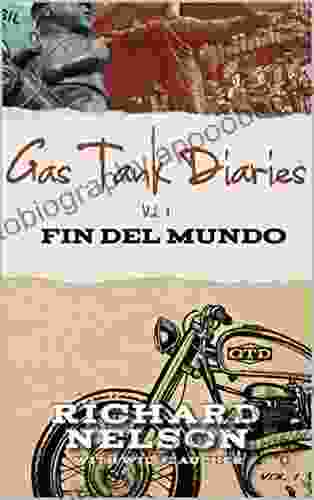
 Brian BellGas Tank Diaries: Fin Del Mundo - A Literary Odyssey into the Heart of Latin...
Brian BellGas Tank Diaries: Fin Del Mundo - A Literary Odyssey into the Heart of Latin... Alexandre DumasFollow ·10.9k
Alexandre DumasFollow ·10.9k Adrien BlairFollow ·14.6k
Adrien BlairFollow ·14.6k Henry HayesFollow ·17.5k
Henry HayesFollow ·17.5k Bob CooperFollow ·12.2k
Bob CooperFollow ·12.2k Sam CarterFollow ·10.6k
Sam CarterFollow ·10.6k Devin CoxFollow ·3.4k
Devin CoxFollow ·3.4k Dylan HayesFollow ·10.1k
Dylan HayesFollow ·10.1k Ernest PowellFollow ·13.4k
Ernest PowellFollow ·13.4k
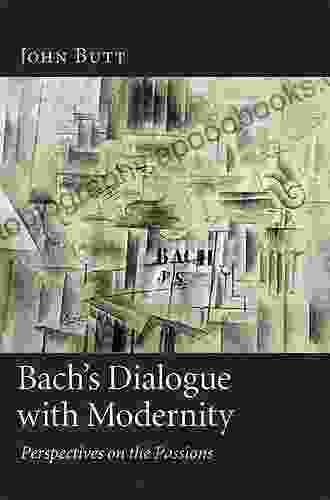
 W. Somerset Maugham
W. Somerset MaughamBach Dialogue With Modernity: A Journey Through Time and...
Prelude: Bach's Timeless...

 Ted Simmons
Ted SimmonsAsher Heroes At Heart Maryann Jordan: The Essential Guide...
Are you ready to...

 Paulo Coelho
Paulo CoelhoVienna Spies: Uncover the Hidden World of Espionage in...
Vienna has long...

 Herman Melville
Herman MelvilleThe Complete Guide to Orchestral Cymbal Playing:...
Step into the vibrant...
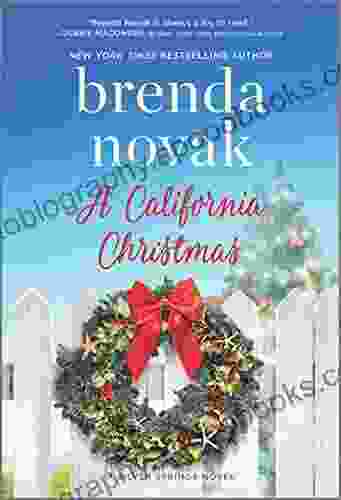
 Rubén Darío
Rubén DaríoEscape into a Holiday Haven with California Christmas...
Embark on a heartwarming and festive journey...
4.3 out of 5
| Language | : | English |
| File size | : | 16642 KB |
| Text-to-Speech | : | Enabled |
| Enhanced typesetting | : | Enabled |
| Print length | : | 384 pages |
| Lending | : | Enabled |
| Screen Reader | : | Supported |



